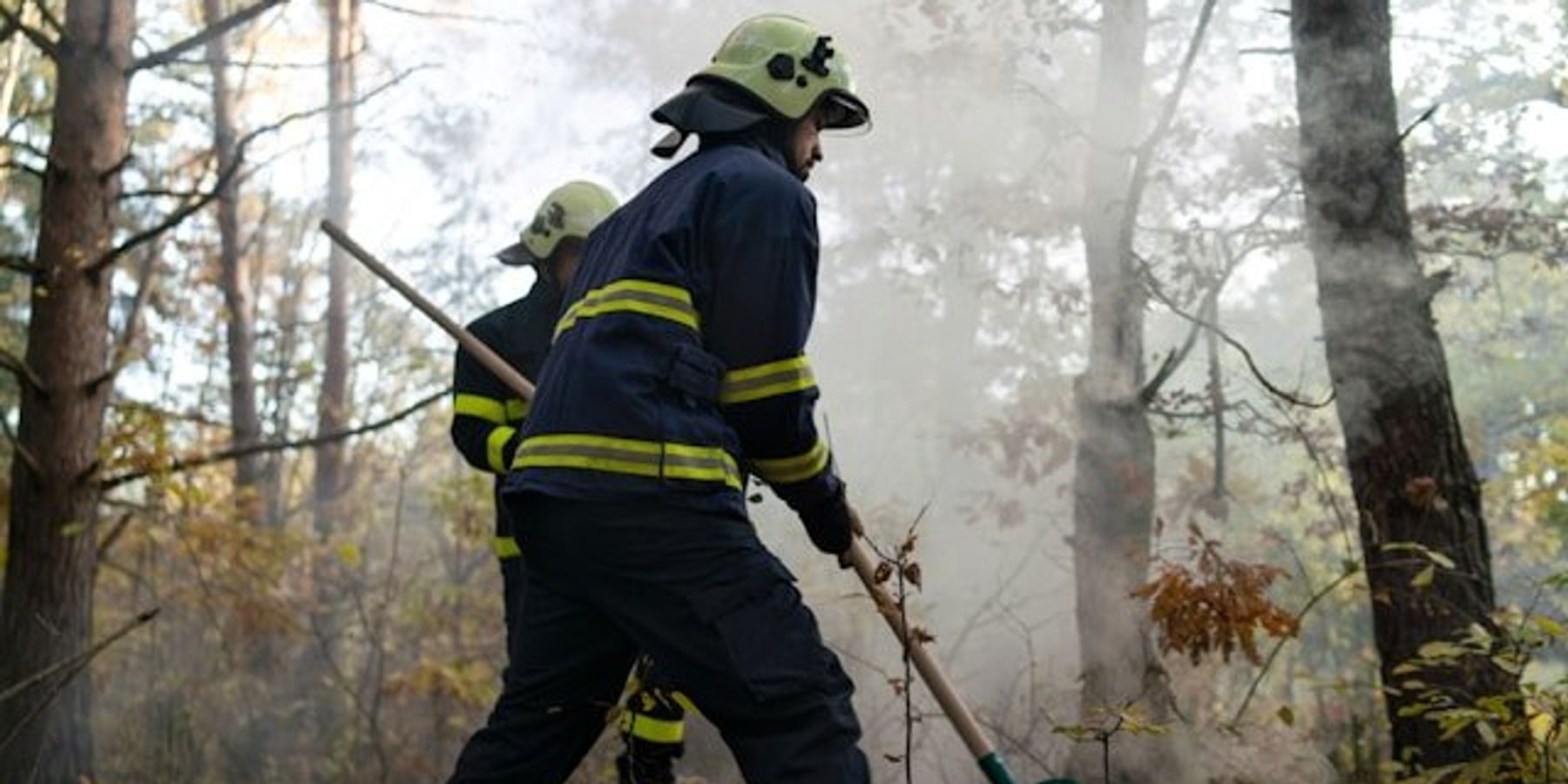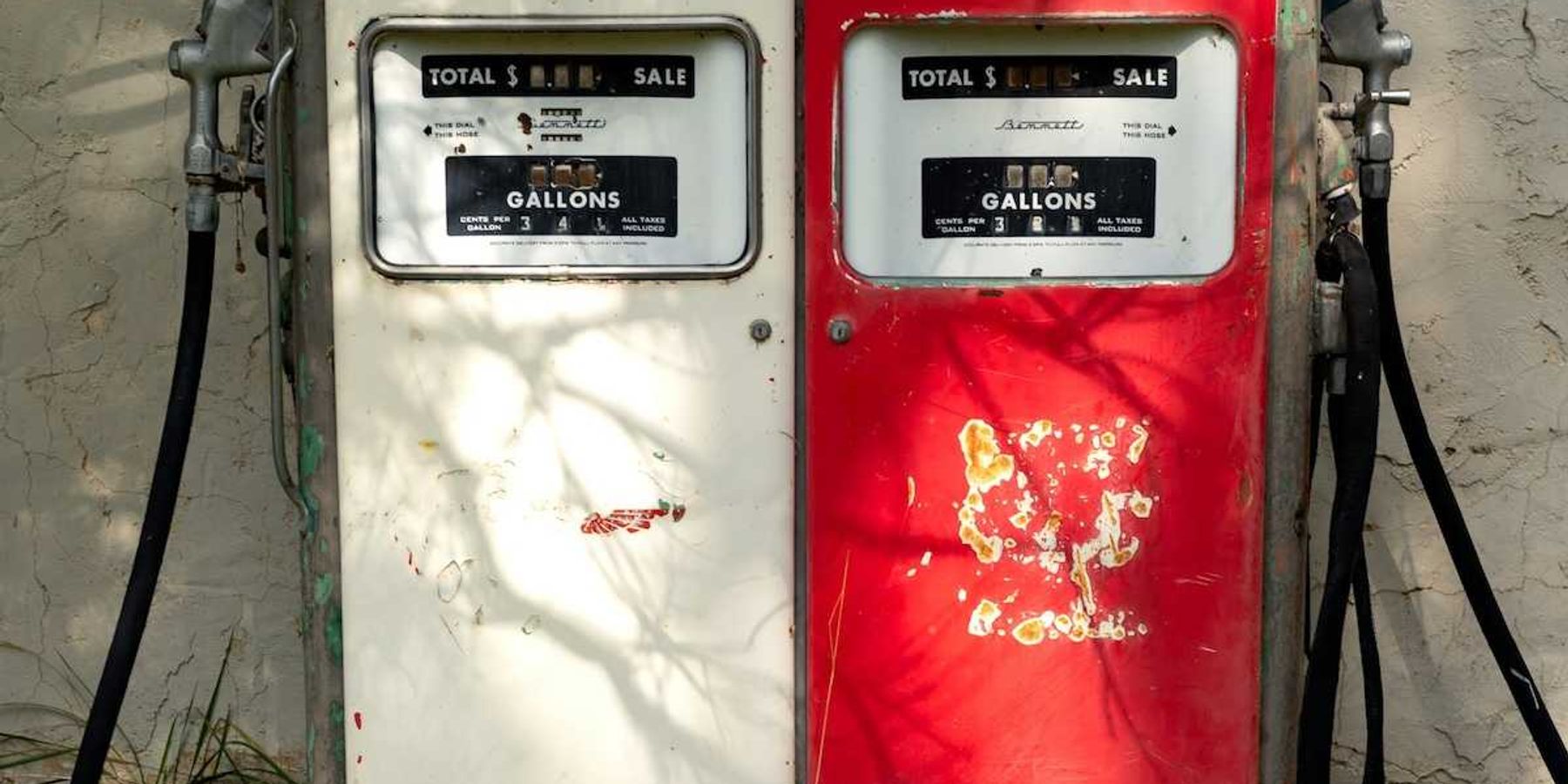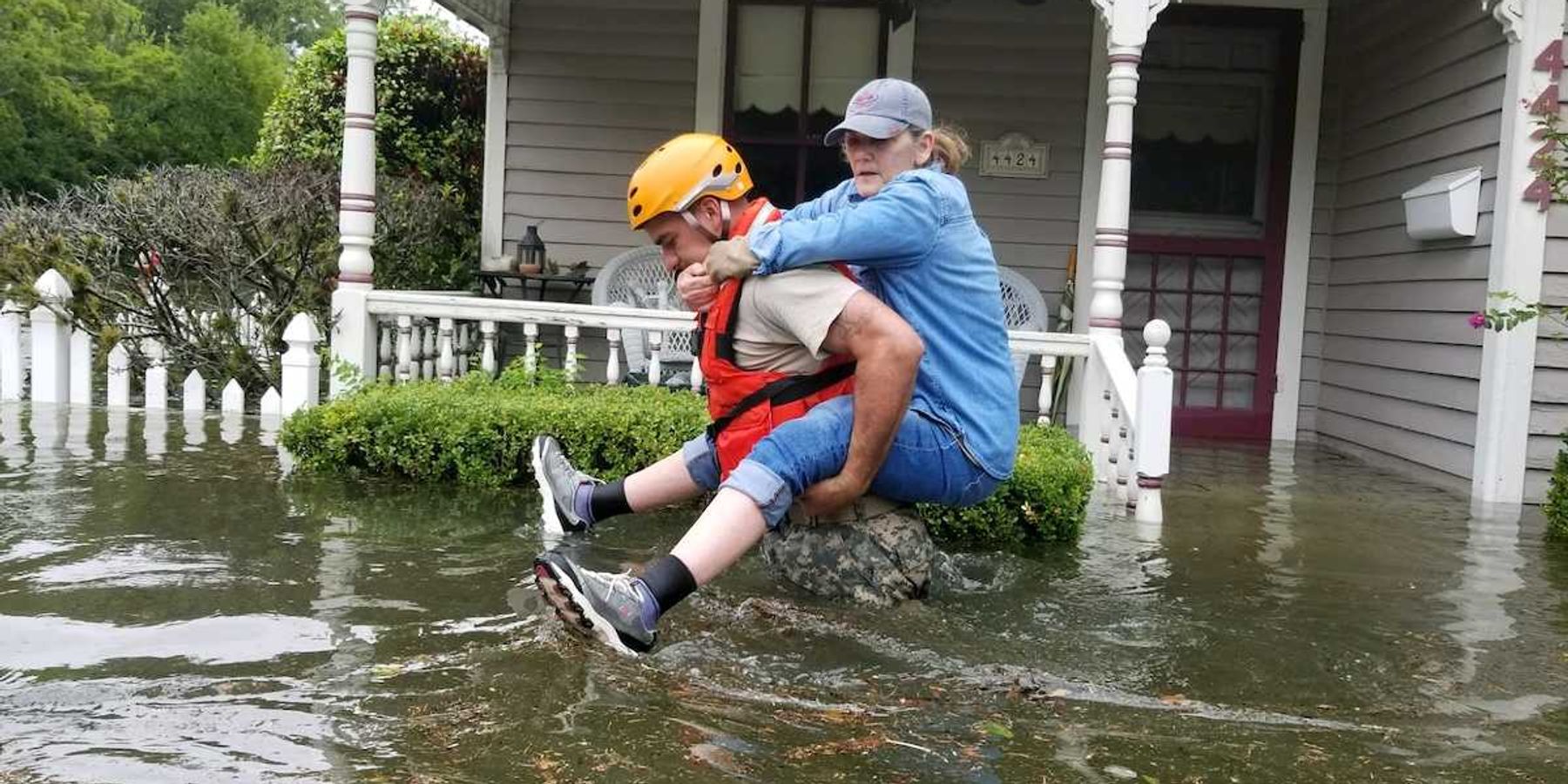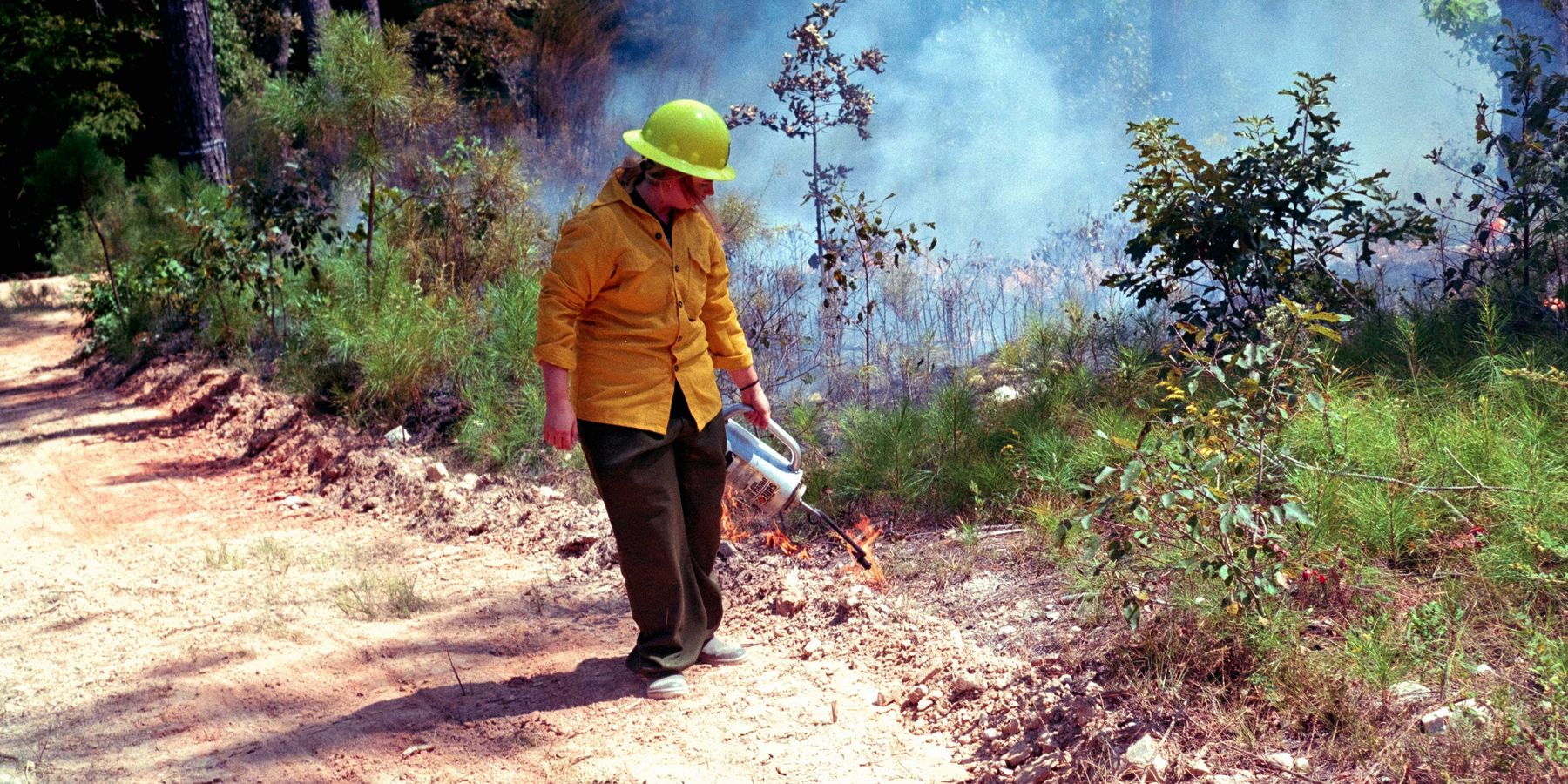
Wildfire season in full swing as Forest Service struggles to fill thousands of fire jobs
Facing a summer of intense blazes across the West, the U.S. Forest Service is short more than one-quarter of its firefighting force after layoffs and retirements, internal documents show.
Kylie Mohr reports for High Country News.
In short:
- Internal briefings warned field supervisors that reinforcements may never arrive and urged caution in initial attack strategies.
- More than 4,500 Forest Service firefighting positions — about 26% of the total — sat vacant in mid-July, with vacancy rates of 39% in the Pacific Northwest and 37% in the Intermountain region despite official claims of being “fully prepared.”
- A sweeping reorganization will close nine regional offices and relocate many staff to two Western hubs, a shift expected to trigger fresh resignations as above-normal fire activity looms.
Key quote:
“We were told: Don’t commit to an attack thinking the cavalry is going to come.”
— Anonymous U.S. Forest Service employee
Why this matters:
Wildfires are burning longer, hotter and closer to communities as climate-driven drought, heat, and invasive grasses extend the fire season across the West. When federal crews are understaffed, local engines, volunteer departments, and even international partners must fill the gap, stretching resources thin and slowing containment. Smaller teams mean bigger fires that pump more smoke into the air, worsening asthma, heart disease, and pregnancy risks hundreds of miles downwind. Forests already stressed by beetles and heat suffer deeper tree mortality, releasing still more carbon and degrading watersheds that supply cities from Denver to Los Angeles. With extreme fire weather projected to intensify, gaps in the nation’s primary wildfire workforce heighten ecological damage and put more firefighters and residents in harm’s way.
Learn more: Wildfire response falters as thousands of U.S. Forest Service firefighting jobs remain vacant













